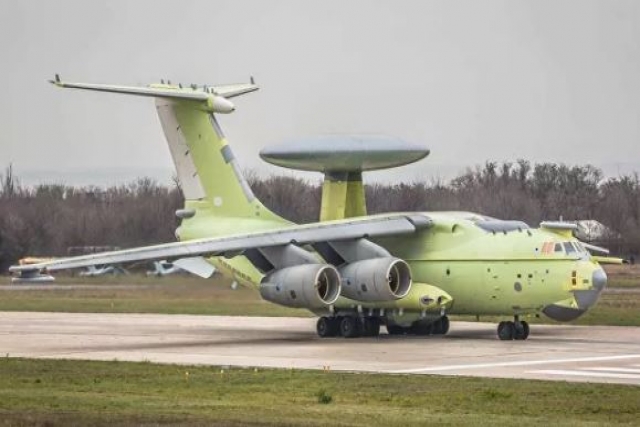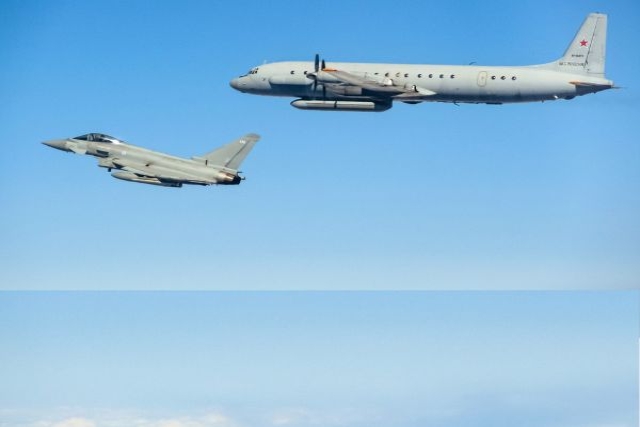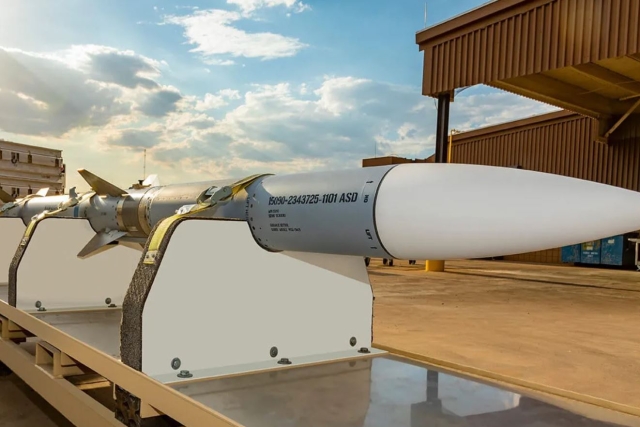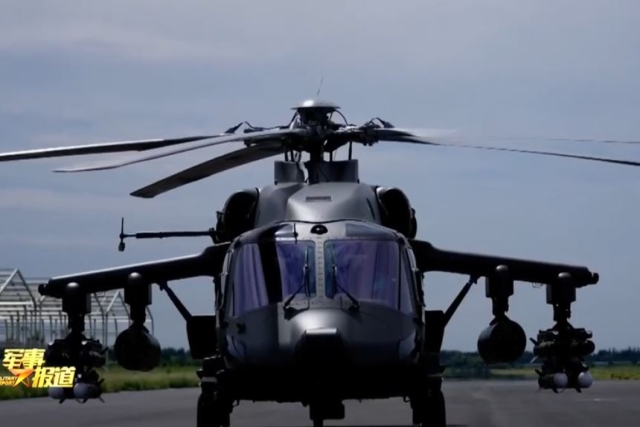U.S. Air Force to Replace A-10 Thunderbolt Attack Aircraft with F-16s, F-35s in South Korea
The U.S.A.F. will replace A-10s at Osan Air Base with F-16s and F-35s in 2025.
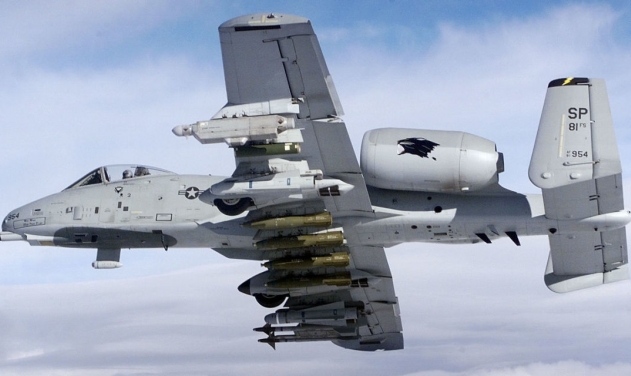
The U.S. Air Force will replace the 24 A-10 Thunderbolt ground attack aircraft located at Osan Air Base in South Korea with upgraded F-16 and F-35 aircraft starting 2025.
This marks the end of the road for the venerable A-10 Thunderbolts which have been at the fore-front of U.S. attacks on countries it has invaded in the past two decades such as Iraq and Afghanistan.
The modernized F-16s will incorporate advanced avionics systems to increase survivability and precision, approaching fifth-generation capabilities. The F-35s, equipped with stealth technology and latest sensors, aim to improve situational awareness and strike effectiveness. This upgrade is part of a broader modernization strategy that also includes the F-15EX Eagle II, which will enhance air-to-air and air-to-ground combat capabilities in the region.

Lt. Gen. David Iverson, commander of the Seventh Air Force and deputy commander of U.S. Forces Korea, noted that the integration of these aircraft represents a pivotal step in U.S. air combat readiness in South Korea. “Introducing fourth and fifth-generation aircraft significantly boosts our overall capabilities in the Korean theater,” Iverson stated.
The modernization effort underscores a commitment to the South Korea-U.S. alliance and regional stability. The U.S. Air Force plans to continue collaborating with the Republic of Korea Air Force to maintain high levels of interoperability. The change reflects a strategic shift towards aircraft that are more adaptable to evolving defense needs, supporting peace and stability in the Indo-Pacific.
Through this upgrade, the U.S. Air Force aims to enhance deterrence on the Korean Peninsula and strengthen combined defense capabilities with South Korea, providing a flexible and reliable combat force designed to respond effectively to modern security challenges.



